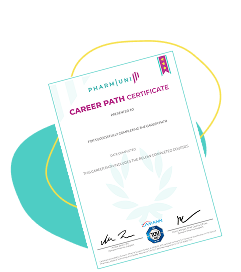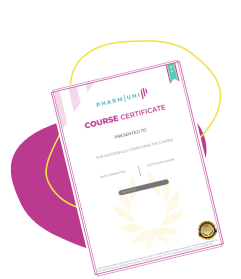Regulatory Affairs and Quality Assurance
Definition
Regulatory Affairs and Quality Assurance (RA/QA) refer to two interrelated disciplines within the pharmaceutical, biotechnology, and medical device industries. Regulatory Affairs ensures that companies comply with all the regulations and laws pertaining to their business, while Quality Assurance focuses on maintaining the quality and safety of products through systematic processes and standards.
Together, these functions form a critical backbone of product lifecycle management, from development and clinical trials to manufacturing and post-market surveillance.
Detailed Explanation
Importance of Regulatory Affairs
Regulatory Affairs (RA) professionals serve as the liaison between companies and regulatory agencies such as the U.S. Food and Drug Administration (FDA), European Medicines Agency (EMA), and other global authorities. They ensure that products meet all regulatory requirements before, during, and after they reach the market.
Key responsibilities of RA include:
- Preparing and submitting regulatory filings such as Investigational New Drug (IND) applications, New Drug Applications (NDA), and Marketing Authorization Applications (MAA).
- Monitoring changes in regulatory guidelines and advising internal teams accordingly.
- Managing product labeling, advertising, and promotional materials for compliance.
Role of Quality Assurance
Quality Assurance (QA) ensures that products are developed, manufactured, and distributed according to industry standards and regulatory expectations. QA is responsible for implementing and maintaining a Quality Management System (QMS) that includes policies, procedures, and documentation practices to ensure consistent product quality.
Core QA functions include:
- Conducting internal audits and inspections.
- Ensuring compliance with Good Manufacturing Practice (GMP), Good Laboratory Practice (GLP), and Good Clinical Practice (GCP).
- Managing Corrective and Preventive Actions (CAPA).
- Training staff on quality standards and protocols.
Integration of RA and QA Functions
While RA and QA are distinct functions, their collaboration is essential for regulatory compliance and product integrity. For example, during a product recall, RA manages the communication with regulatory bodies while QA investigates the root cause and implements corrective actions.
In product development, QA ensures that processes are validated and documented correctly, while RA ensures that regulatory submissions reflect those processes accurately. This synergy reduces the risk of compliance issues and accelerates time-to-market.
Examples and Contexts of Use
In a pharmaceutical company launching a new drug:
- RA prepares the regulatory dossier for submission to the FDA.
- QA ensures that all manufacturing processes meet GMP standards and that batch records are complete and accurate.
In a medical device company:
- RA manages the FDA 510(k) or CE Mark application.
- QA oversees the ISO 13485 quality system implementation.
Key Regulatory Guidelines and Standards
- 21 CFR Part 210/211 – Current Good Manufacturing Practices for drugs (FDA)
- ICH Q10 – Pharmaceutical Quality System
- ISO 13485 – Quality Management Systems for Medical Devices
- EU MDR – European Medical Device Regulation


